Research projects

The rheological behavior of rubber compounds causes instability of the components to be manufactured during an additive manufacturing process or layer-by-layer buildup of the rubber material. One approach to solving this problem is being pursued jointly with the Chair of Lightweight Structures and Plastics Processing. The stability of the built-up rubber molds in the additive manufacturing and vulcanization process is to be ensured by means of shape-stabilizing additives (recyclates) in the rubber compounds.
A second approach is stabilization with an additional medium. This is built up parallel to the rubber layers and completely encloses the rubber mold. The task of the medium is to secure the rubber mold during additive manufacturing and additionally in the vulcanization process.
Publications:
Many living beings show the ability and necessity to develop invertible, tubular structures to enable additional functions temporarily. The biological archetypes always demonstrate a high change of volume of the structure between an inactive and active state. This makes the principle interesting for many technical applications, where a certain geometry or an additional volume has to be generated situationally for a task and can only be accepted temporarily, for example, in minimally invasive robotics.
A possibility is sought to transfer the archetype into the technical context and to evaluate geometric-constructive dependencies with regard to the inverting of the structure and thus to lay the foundations for repeatedly invertible structures, which can be used for products with temporary additional functions and volumes.
Publications:
Thanks to extrusion-based additive manufacturing, it has so far been possible to process mainly thermoplastic elastomers such as TPE and TPU and have properties similar to injection molded parts.
This process also shows potential for processing compounds made from TPU and recycled rubber (results in another publication). Test prints with different not crosslinked rubber compounds showed that an adapted extrusion unit is necessary for rubber processing.
Publications:
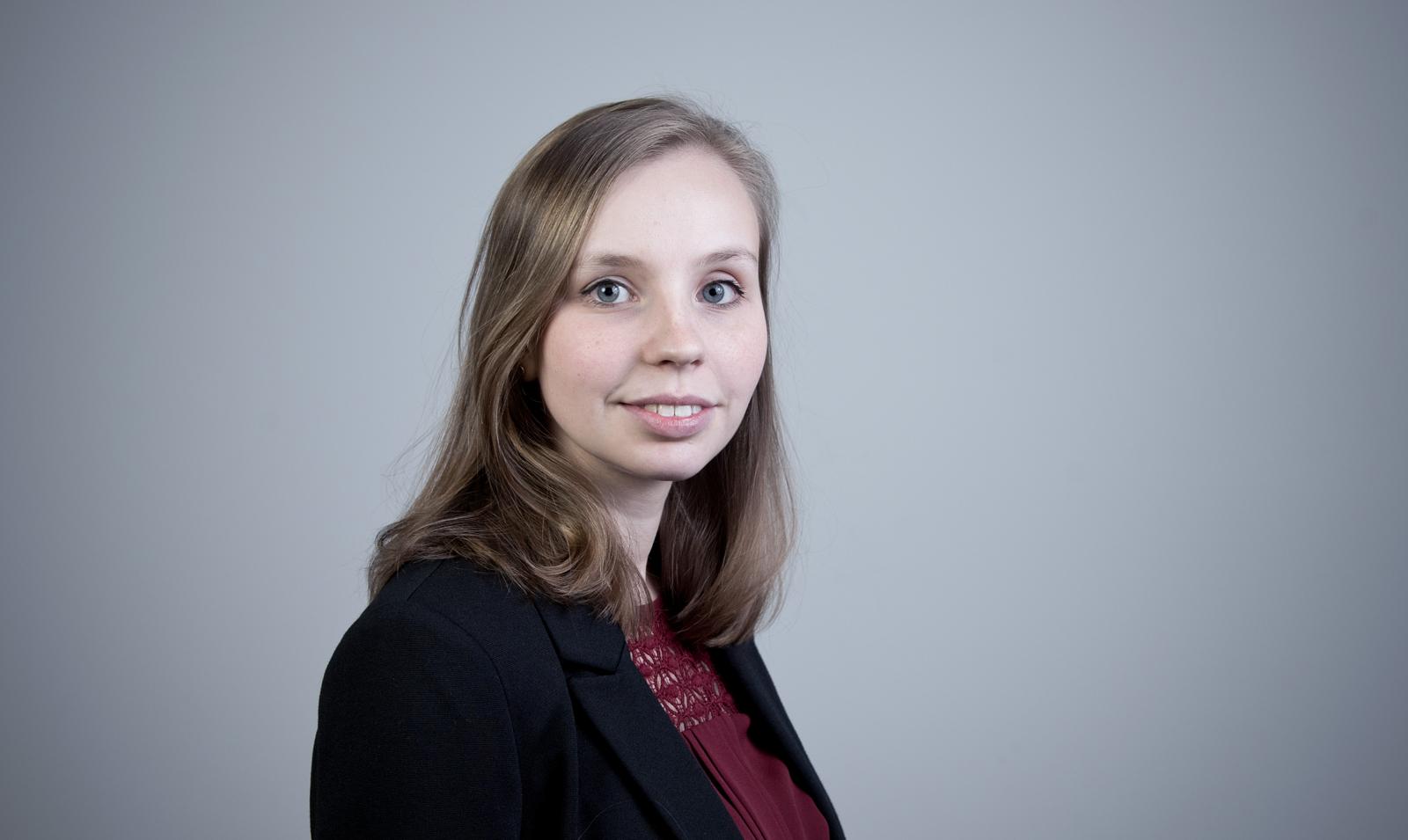
Various orthoses and training systems are used to support physiotherapy in the treatment of finger injuries. Home training that accompanies the therapy and is suitable for everyday use can promote the healing process, but requires a suitable training system. One solution is a functionalised training orthosis. This should enable the analysis and documentation of the training process as well as an adaptation of the difficulty levels of the training. A lightweight hand orthosis can be adapted to the patient's individual anatomy using a patient-specific model and manufactured additively. Highly flexible thin-film sensors will be implemented in this basic body to record and visualise the joint movements in a specific user interface. An adjustment mechanism is integrated to vary the antagonistic loads.
selected publications:

Since the piezo kinematics have a very good repeat accuracy, an iterative process has therefore been developed in further investigations. From control engineering, the method of "iterative learning control" (ILC) can be used to describe the general procedure. With the ILC, for periodic signals, after the passage of a period, the drive signal is corrected by the existing error. For the subsequent iterative production process carried out, the period would therefore amount to several hours and be carried out "manually". It is relevant to create such model with the help of which it would be possible to predict the dynamics of a given system, thereby getting rid of this iterative process. Having must-shape X and using the model, the input signal can be found, applying which Y=X output will be received given the fluctuations and dynamics errors.

Development and testing of autonomous shading systems for new and existing buildings and self-sufficient drives for retrofitting built-in shading systems using SMA, as well as development and testing of thematic configuration tools for the application-specific design of the system components.
selected publications:
A structure-borne sound-based condition monitoring system is being developed for process monitoring, process optimization and quality assurance of wire drawing plants. Wear and manufacturing defects are reflected in the vibrations of a machine. By means of structure-integrated piezo sensor technology, the occurring vibrations are to be detected during production. Using an AI to be developed, occurring events in the frequency spectra are to be recognized, assigned to the causes of the errors and displayed to the machine operator.
selected publications:
Discontinuous profile gear grinding is a hard fine machining process for gear wheels with primarily middle and large module and low production quantity. Acoustically critical applications like shipbuilding, railway and wind power require a stronger focus on excitation behavior and noise reduction of meshing gears in operation. Not only the amount of deviation but also the distribution on circumference of the gear wheel is significant for noise excitation behavior. Abrasive tool wear in connection with the discontinuous manufacturing process of gear teeth features a systematic influence on pitch deviation and gear excitation of manufactured gear wheels. Within the project, manufacturing strategies are developed which enable a modification of the pitch error and therefore the acoustic excitation behavior based on the existing abrasive wear of the grinding disc.
selected publications:
The aim of the project is to develop a fully functioning system for the double-sided selective filling of boreholes on circuit boards. The alignment of the sieves on both sides is fully automated using a multi-head camera system with an alignment accuracy of +/- 20 µm. Furthermore, an automatic quality control on each processed circuit board is carried out. This includes an optical check of the circuit board for possible errors before the filling process. When the filling process is complete, the filling at the borehole is checked by deflectometry using a high-resolution (2400dpi) 2.5D camera system. If necessary, the rework can be triggered precisely in the affected panel section. A system for flexible adaptation of the process parameters to the conditions of the respective circuit board area is also integrated into the system. These processes are based on the control by a self-learning algorithm, which includes input parameters of the current as well as all the previous filling processes.
selected publications:
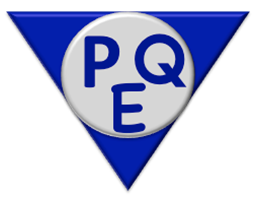

Latent heat storages exhibit high energy density within the phase-change temperature range. Due to their high transition enthalpies, occurring heat flows can be controlled in order to counter undesirable temperature variations of the machine structure.
Selected publications:
Further information at: http://141.30.75.25/SFBweb/
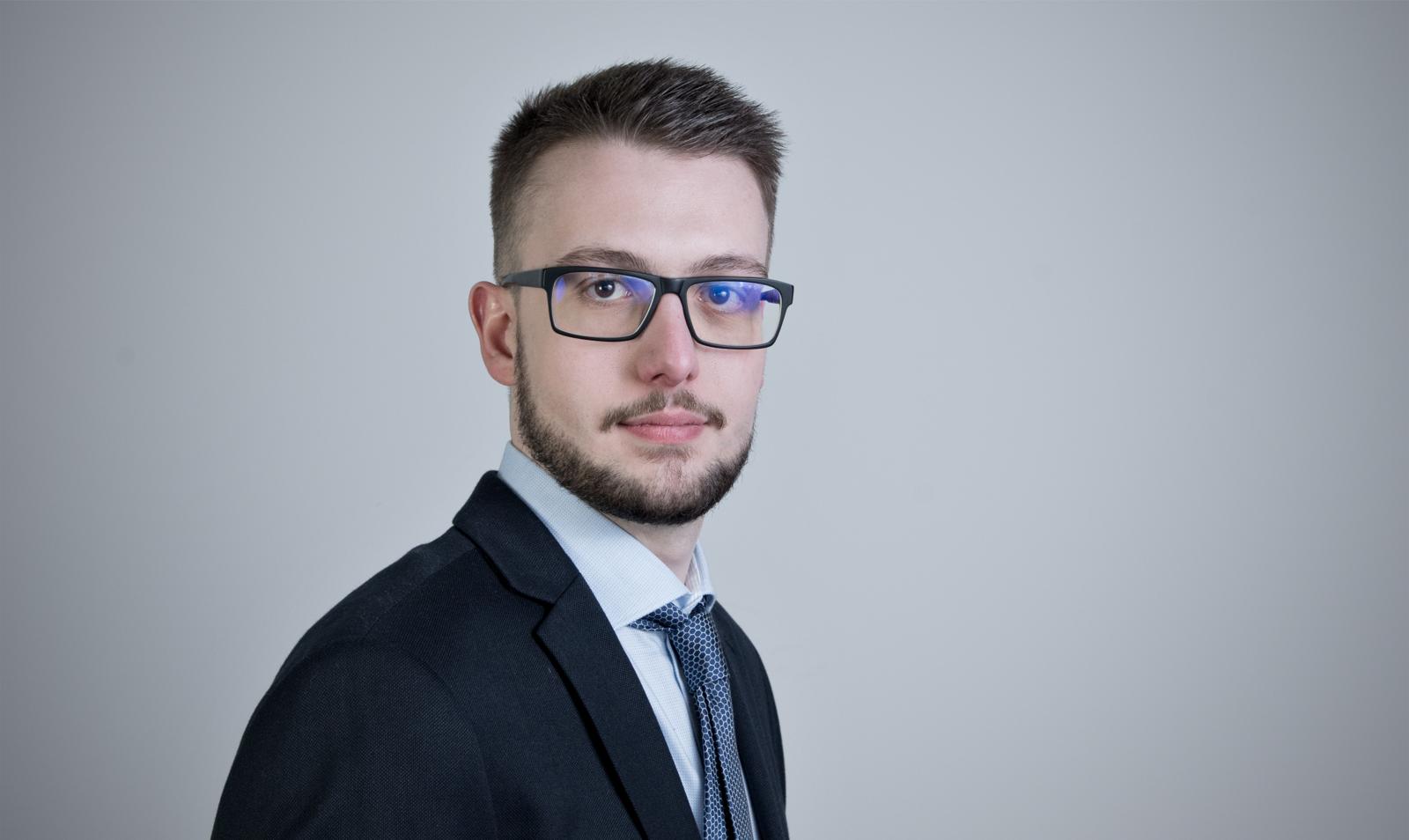
Ultrasonic assited processing is often used in production enginnering, for example to reduce tool wear or processing forces. The positive effects are not consequent detectable. The cause-and-effect relationships of different effects for example the take-off effect, application of energy and the adiabatic effect are not experimental approved. Also a design methodology to describe ultrasonic systems as an adaptronic system, to capture the complex interaction of electrical, mechanical and thermal parameters is not available. Multiphysical simulations as well as experimental studies are research areas of the Professorship for Adaptronics and Lightweight Design in Production.
Publications:


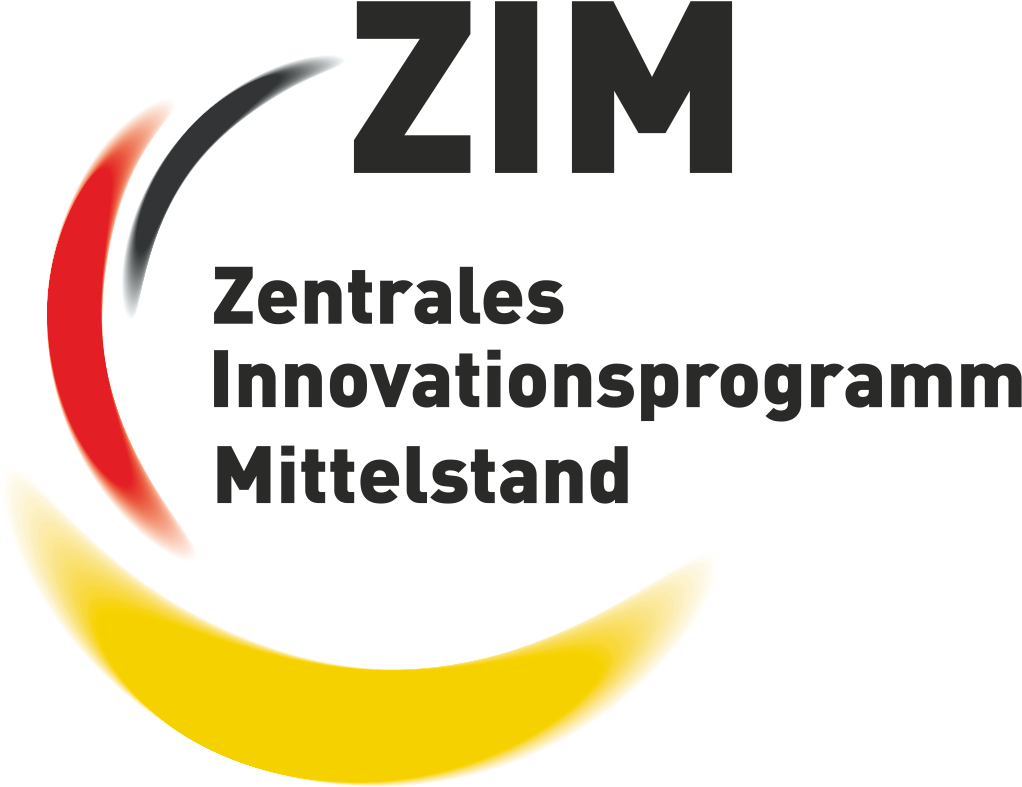
Switchable heat transfers are in a wide field of applications promising tools to control temperature distribution. At the propfessorship investigations concerning the application of thermal shape moemory alloys (SMA) as well as magnetorheologic fluids have been realized. A remarkable feature of a thermal switch based on SMA is the capability to operate stand-alone without external power supply or control.
Publications:
The acoustic properties of automotive gearboxes get more and more crucial in the context of decreasing masking noise of the engine. Especially the gear mesh as a main noise source is of interest. At the professorship a simulation model for continuous generating grinding, a commonly used finishing process is developed. It enables investigations on various deviations in the grinding process. By discretization of tool, work piece and process information on process values as well as resulting flank topographies can be gained. This helps to solve issues in the production process targeted and enables an early detection of deviations in the grinding machine. New methods for analysis of noise-relevant structures on the tooth flank allow evaluation of simulated as well as measured flank topographies.
Publications:
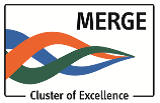

MERGE is focused on researching the implementation of plastic, textile and electronic elements by technology into efficient process chains for metallic basic structures.
Publications: see annual reports MERGE 2013 – 2016
For further information, pleases visit www.tu-chemnitz.de/MERGE/index.php
Further information at the website of the performance center.
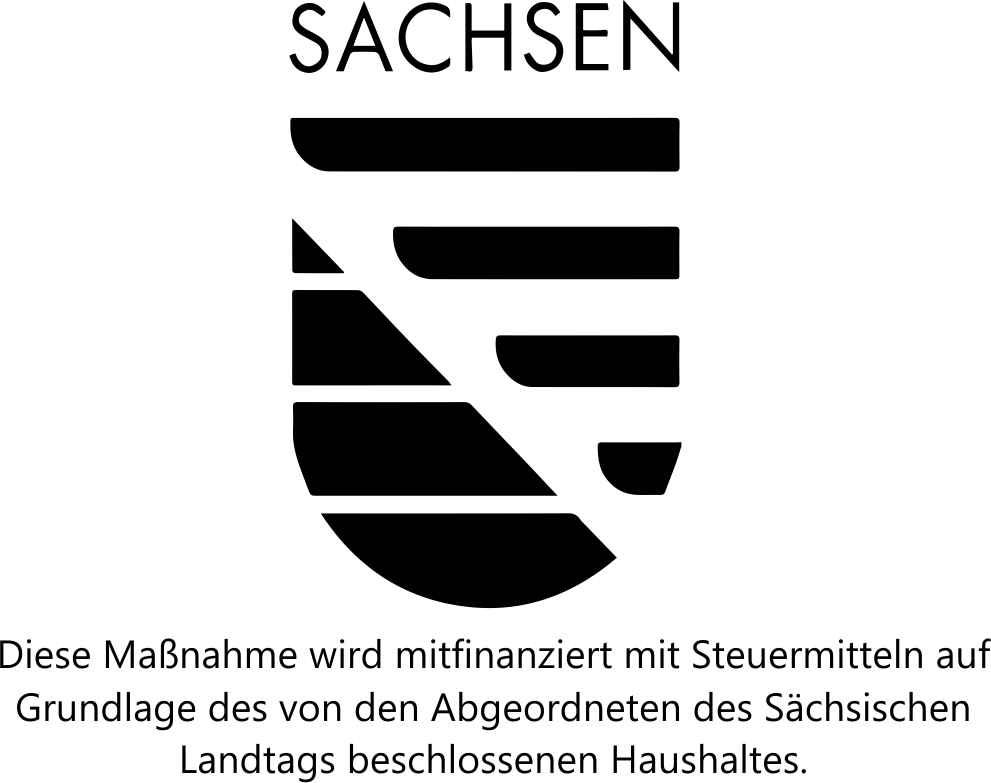
<


To meet the specifications of NiTi wires for a technical application, the generation of a specific microstructure is necessary. Additionally, a higher efficiency of the manufacturing process by eliminating process steps, possible through higher deformations, is possible, thereby achieving a higher market acceptance.
The aim of the project is to improve the fatigue strength of shape memory alloy wires. Through ultrasonic assistance, the necessary force for drawing of the wire can be reduced by 40%, causing a lower risk of tearing and enabling higher deformations. Furthermore, ultrasonic assistance enables the generation of a fine-grained microstructure. Because of this, an improvement of the shape memory effect is to be expected.

The aim of the project is the development of artificial, biomechanically correct bone models, e.g. for implant testing. In addition, sensors for the detection of load conditions are integrated into these. The results may be used to simplify and standardize biomechanical testing in the future. Furthermore, the new bone models objective is to reduce the time-consuming and expensive tests on human samples.


Cracks can lead to damage and failure of concrete structures such as bridges, dams or tunnels. If cracks are detected too late, high costs for repair or demolition and new construction of damaged concrete structures are incurred. Condition monitoring and location of cracks in concrete volume is very complex and cost-intensive. In addition, currently there is no robust and permanent method for continuous early crack detection, localization and width measurement available on the market.
The aim of the project is, to develop a method and technology for a robust and permanent crack detection in concrete structures, which at the same time enables crack location and crack width determination. Nickel-titanium thermal shape memory alloys are to be used as sensor material.
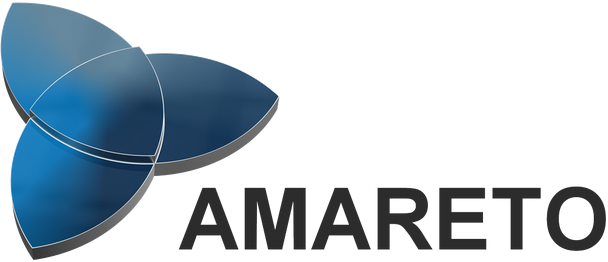

Process-related failure in hard finishing processes and its influence on acoustic conspicuousness of gearwheels is one topic of research at our professorship. Requirements regarding quietness of gears have been increasing in recent years. This is especially motivated by electric mobility and, coupled with that the absent acoustic masking of a combustion engine. Unfortunately, process-related deviations and their influence on acoustic emissions have not yet been sufficiently explored to identify them in widespread finishing processes like gear grinding. The objective is to detect these deviations in real-time and to intervene in the process accordingly. Furthermore, possibilities to apply actuators close to the tool to assure workpiece quality shall be examined.
Further information at: http://amareto.info


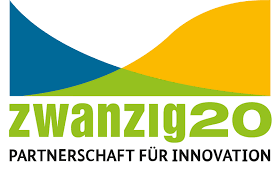
For this purpose, a thermosensitive actuator, which regulates the shading system according to environmental conditions, is to be developed on the basis of the shape memory effect. Concurrently, user interaction is to be partially allowed. For instance, in winter in order to provide demand-controlled glare shield, since overheat protection is not required.
Further information at www.smarthoch3.de/projekte

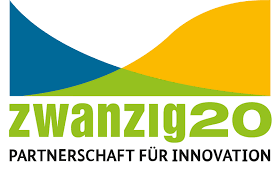
The development should be used in the otolaryngology-, oral and maxillofacial as well as neurological surgery. This enables the surgeon to activate a predefined geometrical form of the instrument using a button.
Further information at www.smarthoch3.de/projekte

Chemnitz University of Technology receives a "StudyCheck Award 2024" and the "Top University 2024" certificate thanks to the very positive evaluations from its students and alumni – Additionally, Chemnitz University of Technology is the top state university in the live "Digital Readiness" ranking …

A Europe-wide network enables graduate education in modern data-driven methods for the development of catalytic reactions – Chemnitz University of Technology coordinates the network …

Assistant Professor Arndt Leininger, who holds the assistant professorship in Political Science Research Methods, wants to study the influence of residential mobility on political attitudes in society and will receive 1.44 million euros for this purpose …

Chemnitz University of Technology research team clarifies the role of amino acids in the binding of biocompatible bismuth oxido nanoclusters to gold – The experimental results were published in the journal “Langmuir” and highlighted on the “Supplementary Cover” …
The innoTRAC sees itself as a platform for the exchange of information between researchers, …
Five invited researchers from mathematical fields will each give two …
The International Workshop on Impedance Spectroscopy (IWIS) is a platform …
Practicing German in a friendly atmosphere with an informative keynote speech, interactive themed …
The 10th ELEC provides a platform for professors, teachers, trainers and …
New students are greeted each year at the beginning of the winter semester in a cherished …